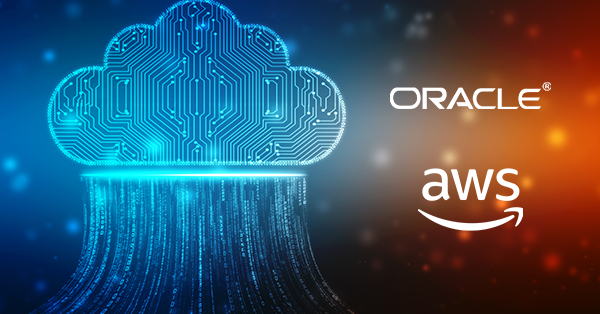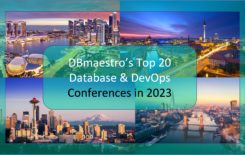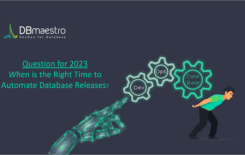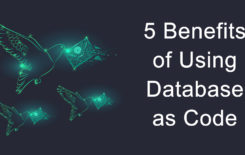This move includes well-known customer-facing brands and sites such as Alexa, Amazon Prime, Amazon Prime Video, Amazon Fresh, Kindle, Amazon Music, Audible, Shopbop, Twitch, and Zappos, as well as internal teams such as AdTech, Amazon Fulfillment Technology, Consumer Payments, and more.
So what are the implications of this gigantic milestone? Let’s find out.


A Quick Review
Amazon’s DBAs once spent a lot of time managing and scaling their legacy Oracle databases. The migration freed up time that the DBAs now use to do an even better job of performance monitoring and query optimization, all with the goal of letting them deliver a better customer experience.
As part of the historic migration process, Oracle DBAs have been trained to become database migration specialists and advisors.
AWS said that Amazon’s consumer business has decommissioned and migrated 75 petabytes of data in nearly 7,500 Oracle databases to multiple AWS database services. As a result of this enormous move, the company has noticed latency reductions of 40% and lowered database admin overhead by 70%.


What’s Next?
What Amazon has done with this migration is part of a massive operation that was planned and executed for months. But this is far from becoming the norm.
Oracle remains the market leader in the database software market despite falling way behind in cloud computing capabilities and functionality, mainly due to immense migration costs. While this fact prevents its existing customer base from defecting to competitors, it’s not helping it win new customers.
Oracle’s cloud strategy has largely been built around providing its on-premise customers a path to the cloud that doesn’t go via Amazon.
The company has also recently introduced a free tier for its cloud computing platform that lets non-Oracle customers try out its latest autonomous database with no strings attached. Oracle’s free tier is practical, allowing developers to build proof-of-concepts before committing to the company’s cloud services.
It’s a step in the right direction for Oracle, but Amazon Web Services is now a viable option for smaller companies that are looking for a quick solution.
DBmaestro – Automation for All Scenarios
It’s natural to be concerned with database automation while making the move from Oracle to Amazon Relational Database Service (Amazon RDS). But there is good news. DBmaestro’s comprehensive solution covers both scenarios seamlessly, making automation a non factor while migrating.
Furthermore, DBmaestro helps handle a wide range of technical issues that may arise after the migration process and create bugs or downtime. These include:
- Accidental Override – DBmaestro documents and marks each iteration of code changes by giving it proper version numbers for good version management.
- Partial Updates – Its no longer required to afraid of rollbacks while migrating. DBmaestro analyzes version upgrade changes and points at issues if such arise.
- Manual Errors – DBmaestro has this problem covered by flagging all tampering instances, identifying the stakeholders, and sending alerts in real-time.
To sum it up, it doesn’t matter if you are migrating, planning to migrate or staying with Oracle for the time being. DBmaestro has you covered in all cases.





